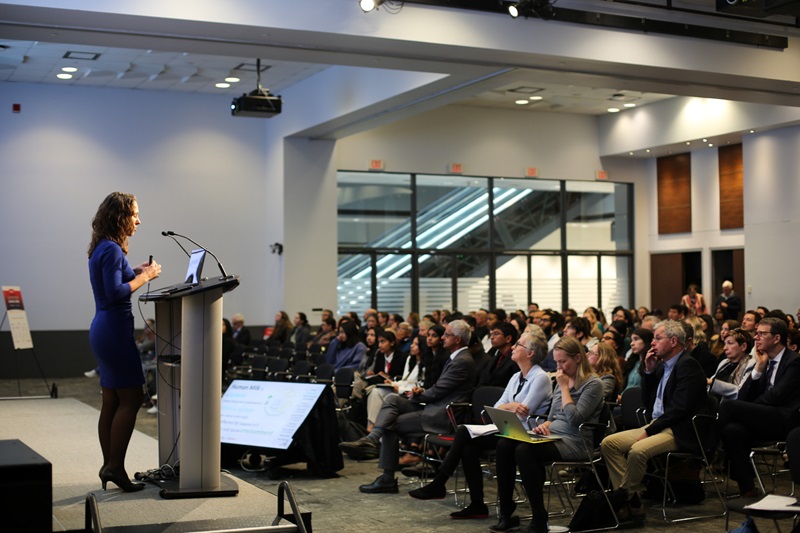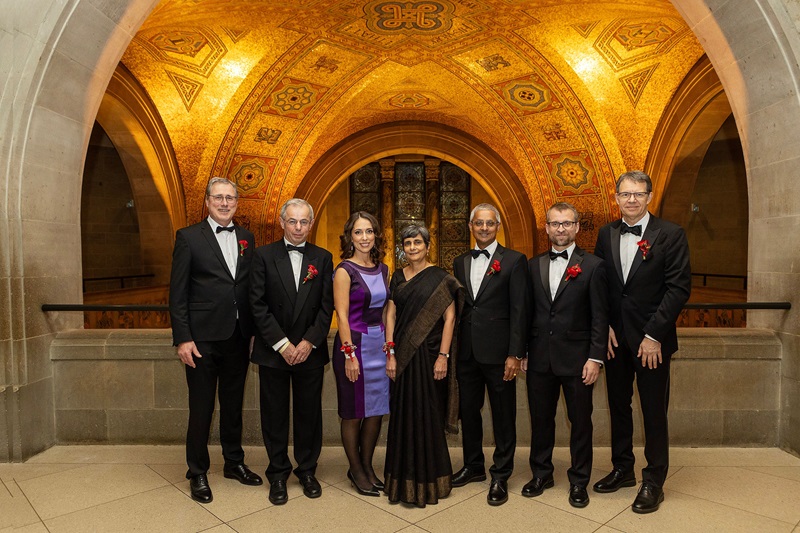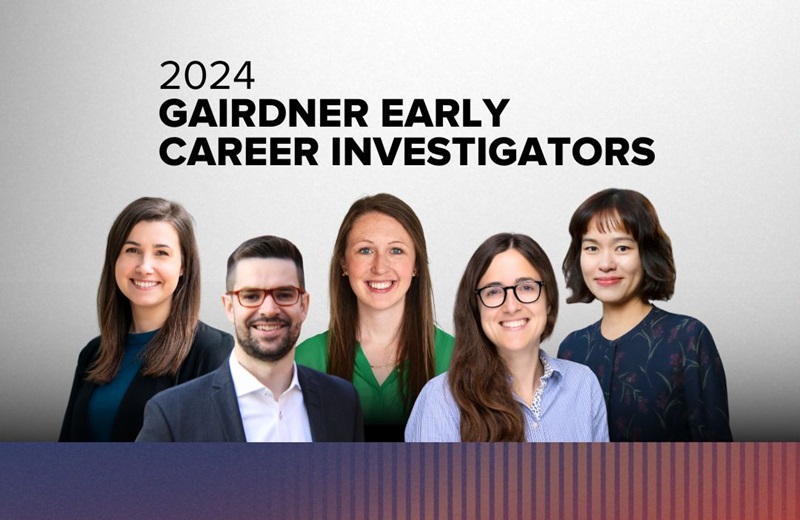Pascal Mayer

Pascal is a scientific innovator and inventor of various technologies in DNA analysis and drug development. He studied at the University of Strasbourg up to his 1991 PhD in macromolecular biophysics at Institut Charles Sadron. His thesis is about the dynamics of DNA during PFGE (Pulsed Field Gel Electrophoresis) and creating the associated automated optical instrumentation. He performed a first postdoc at University of Ottawa (Canada) from 1991 to 1994, working on the physics of DNA in gel sequencing and incepted research on ELFSE (End Labelled Free Solution Electrophoresis). He performed a second postdoc at CNRS’s Centre de Recherche Paul Pascal in Bordeaux (France), working on DNA separation in polymer solutions and in self-forming micro-structured ferrofluid arrays. He then was hired in late 1996 as scientist at Glaxo-Wellcome’s research center in Geneva (Switzerland) to initiate his founding work of DNA sequencing on self-forming DNA colonies. This work was continued at Serono and as CSO at Manteia Predictive Medicine in the Geneva area until 2003. It is now a main component of today’s NGS (Next Generation Sequencing). In 2004 he co-founded Haploys (France), to develop DNA sample chips and a novel isothermal DNA amplification method with DNA computing applications. He worked from 2009 to 2013 at various positions around at microbiology startup Biofilm Control (France). Since 2014, he is co-founder and CEO of Alphanosos (France), a startup company using his genuine Artificial Intelligence algorithms to assemble non-pharmaceutical ingredients into safe and patentable mixes with strong biological activities of medical and non-medical interest.
The Work:
Balasubramanian, Klenerman and Mayer are recognized for developing the underlying methodologies that led to Solexa-Illumina Next Generation DNA Sequencing (NGS), a technology that has enhanced our basic understanding of life, converting biosciences into ‘big science’ by enabling fast, accurate, low-cost and large-scale genome sequencing – the process of determining the complete DNA sequence of an organism.
Balasubramanian and Klenerman’s original work involved methods to observe a single molecule of DNA polymerase incorporating fluorescently labelled DNA monomers onto a growing strand of DNA hybridised to an immobilised template. They had the vision to see how this science could be extended and applied to sequencing a vast array of immobilised DNA molecules in a way that would bring huge benefits of scale, speed and cost. They co-founded the company Solexa, later acquired by Illumina, to make the technology available to the world. Mayer conceived and performed the initial development of 'DNA colony-based massively parallel sequencing by synthesis', initially at Glaxo-Wellcome’s and Serono’s research institutes in Geneva, and finally at a spin-off company, Manteia Predictive Medicine, where he was Chief Scientific Officer. This cluster technology is a key component of the Solexa-Illumina massively parallel sequencing technology. Manteia and its intellectual property were acquired in 2004 by Solexa. NGS has had – and continues to have – a transformative impact in the fields of genomics, biology and medicine. It has allowed a million-fold improvement in speed and cost when compared to the first sequencing of the human genome. In 2000, sequencing of one human genome took over 10 years and cost more than a billion dollars; today, the entire genome of multiple humans can be sequenced in a single day at a cost of less than $1,000. More than a million human genomes have been sequenced, and continue to be sequenced at scale each year, as well as genomes of animals, plants, bacteria and viruses, providing unprecedented insights into genome variation across the planet.
The Impact:
NGS has had an enormous impact on life sciences. Many aspects of the basic research into mechanisms in living systems now routinely involve high-throughput sequencing of DNA or RNA as the primary readout. Clinical research is undergoing a revolution via the application of genome sequencing, and genomic applications more generally, to discover the underlying causes and markers of diseases, along with substantial new knowledge on the genetic causes and signatures of cancers. There is a wave of new clinical diagnostics emerging for cancers, rare genetic diseases and infectious diseases enabled by NGS of patient samples that now includes minimally invasive blood sampling. During the COVID-19 pandemic, NGS was essential to the rapid understanding of the viral cause of the disease, and then in identifying and monitoring the spread of new variants. Without this technique, progress towards developing vaccines and other interventions would have been slow. It is difficult to overstate the importance and impact of NGS. It has initiated a revolution in biology, enabling the revelation of unsuspected genetic diversity in humans and their pathogens, with major implications, from cell and microbiome biology to ecology, forensics and personalized medicine.

.tmb-cfthumb_fb.png?Culture=en&sfvrsn=374218_1)





.tmb-cfthumb_fb.png?Culture=en&sfvrsn=87d51a9d_1)
